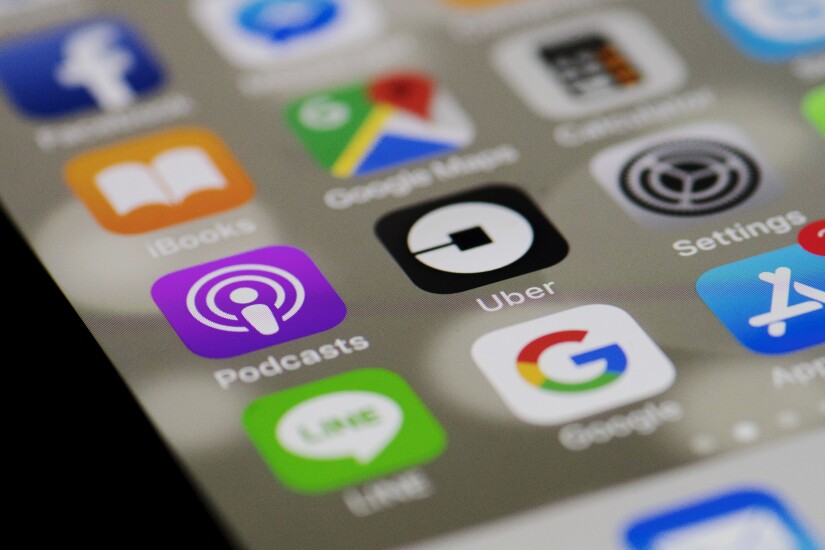
Leading physicians and industry experts shared opinions on healthcare delivery, wellness and healthcare waste — and what employees and employers can expect coming down the pipeline.

Poor health is having a big impact on employers
Not only that, but unhealthy employees also cost employers by way of presentism and absenteeism, as well as other business impacts such as increased customer complaints and delayed work or deliveries, he added.

Getting employee input on care is vital
“Employees do not realize there is a difference in healthcare quality,” said Lisa Woods, Walmart’s senior director of healthcare benefits. “How do we, as employers, get our employees to realize there is a difference? One thing we’re working toward is rising the tide. We have our associates, when they see good care, come back and tell us.”
Meanwhile,

Employers can expect pharmacy costs to rise

Employers strategizing obesity programs

Employers need to provide more robust cancer-care benefits
When a patient first gets a cancer diagnosis, they’ll need education on the benefits their employer provides, including if they provide a secondary cancer policy, he said.
Meanwhile, employers also need to help their employees navigate the cost of cancer care. “There are financial factors to consider in the period between confirming the diagnosis and before treatment begins,” he said. “Between out-of-pocket costs, loss of income from work disruption and travel costs, the employee’s world is going to be turned upside down financially. They’ll need help navigating through the field.”

Wellness tech can decrease healthcare costs
“We’ve ridden this wave of new entrants in the market in a lot of cases for things that make sense,” he said. “Innovative partners are very affordable when compared to the conventional big insurance carrier partners. They can leverage tech that is as effective as traditional [coverage] — and for less money. But it takes innovation to make that happen.”

Employers partnering with CDC’s 6|18 initiative
In one example, she pointed to the direct cost of asthma hitting as much as $14.7 billion, and indirect costs approaching $5 billion in lost productivity. “Asthma matters,” she said, “and is one of the conditions you should look at in your workforce.”

On- or near-site clinics provide more access to healthcare
But on- or near-site health clinics are a solution, she said. “I think worksite health services bring some of the best [opportunities] to the table and raise the bar to connect people with quality healthcare.”
Major employers like





